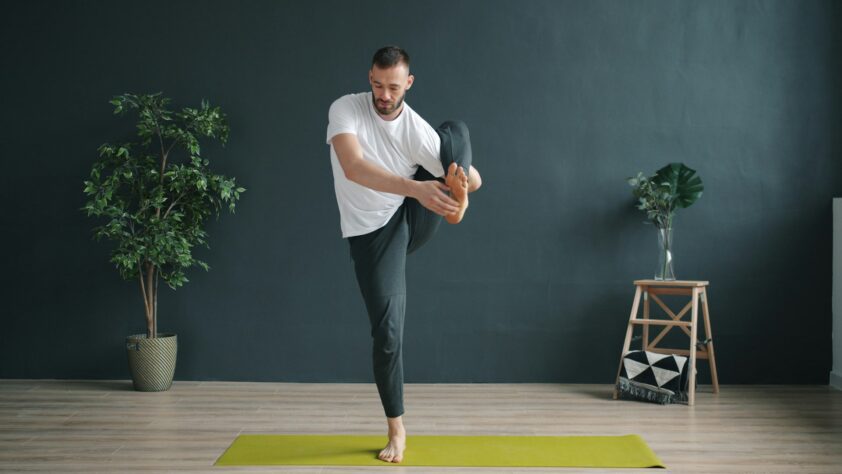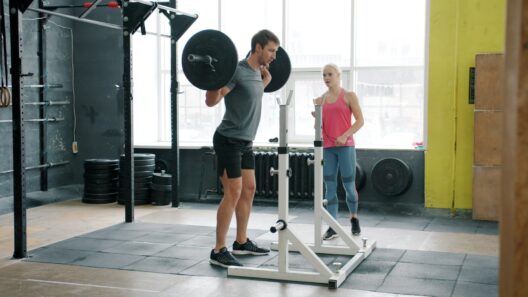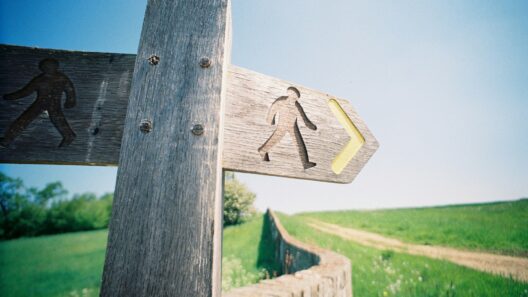Stretching: The Most Overlooked Form of Exercise

When people think of exercise, they usually picture running, weightlifting, or cycling. But stretching is just as important, especially as we age. Regular stretching improves flexibility, posture, and balance while reducing stiffness and risk of injury.
Stretching increases blood flow to the muscles, helping them recover after physical activity. It also eases tension, especially for people who sit at a desk for long hours. Just a few minutes of stretching in the morning can loosen tight muscles and set a positive tone for the day.
Dynamic stretches, like arm circles or leg swings, are great before workouts. Static stretches, where you hold a position for 20–30 seconds, are better after exercise or in the evening to relax the body.
For older adults, stretching supports mobility and independence by keeping joints limber. It may not burn as many calories as other activities, but it lays the foundation for safe movement and better performance in every area of life.
Think of stretching as maintenance for your body—like oiling the hinges on a door. Without it, movement becomes harder and stiffer over time.












